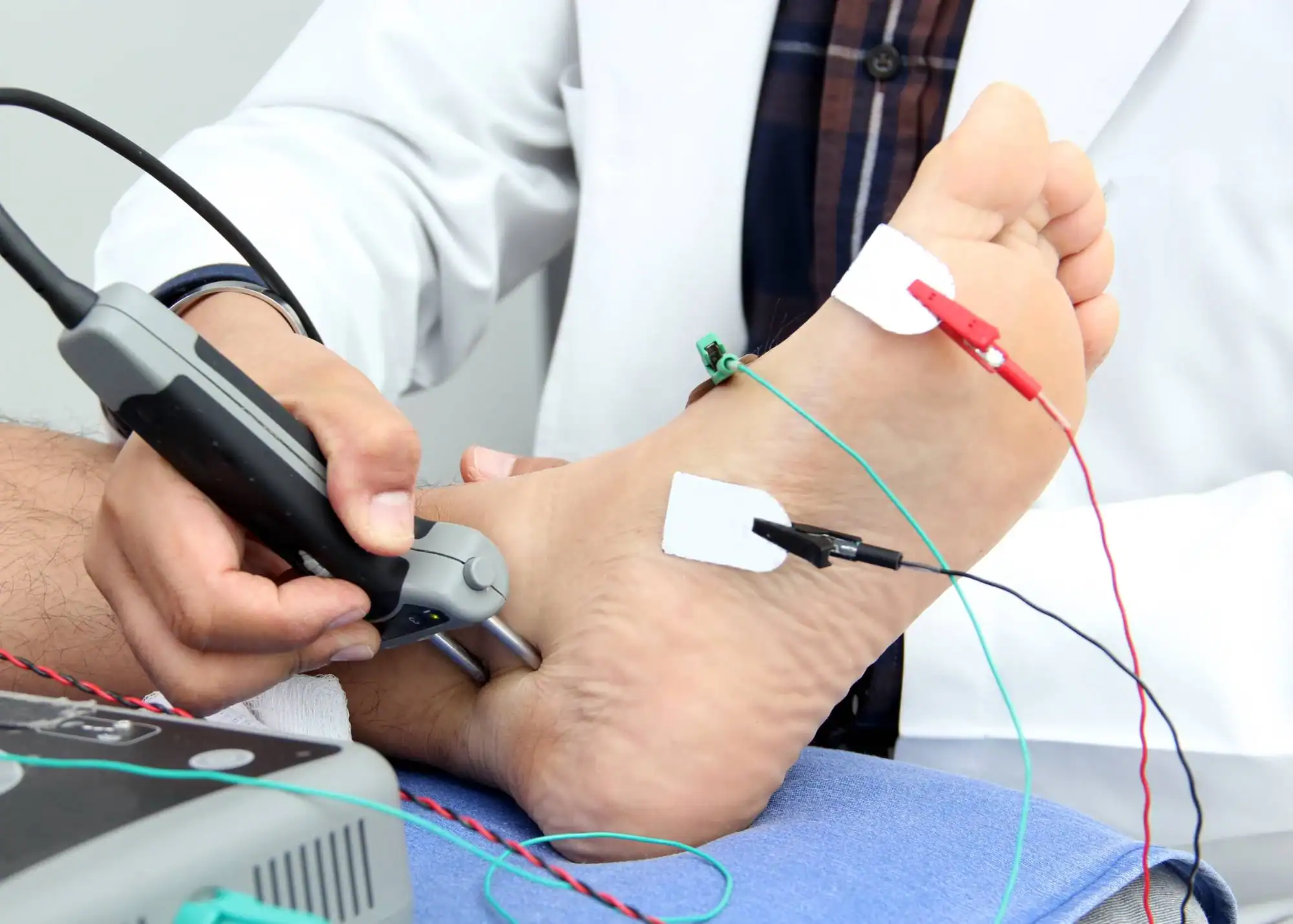Precise diagnostic testing that reveals exactly what’s causing your numbness, tingling, or weakness.
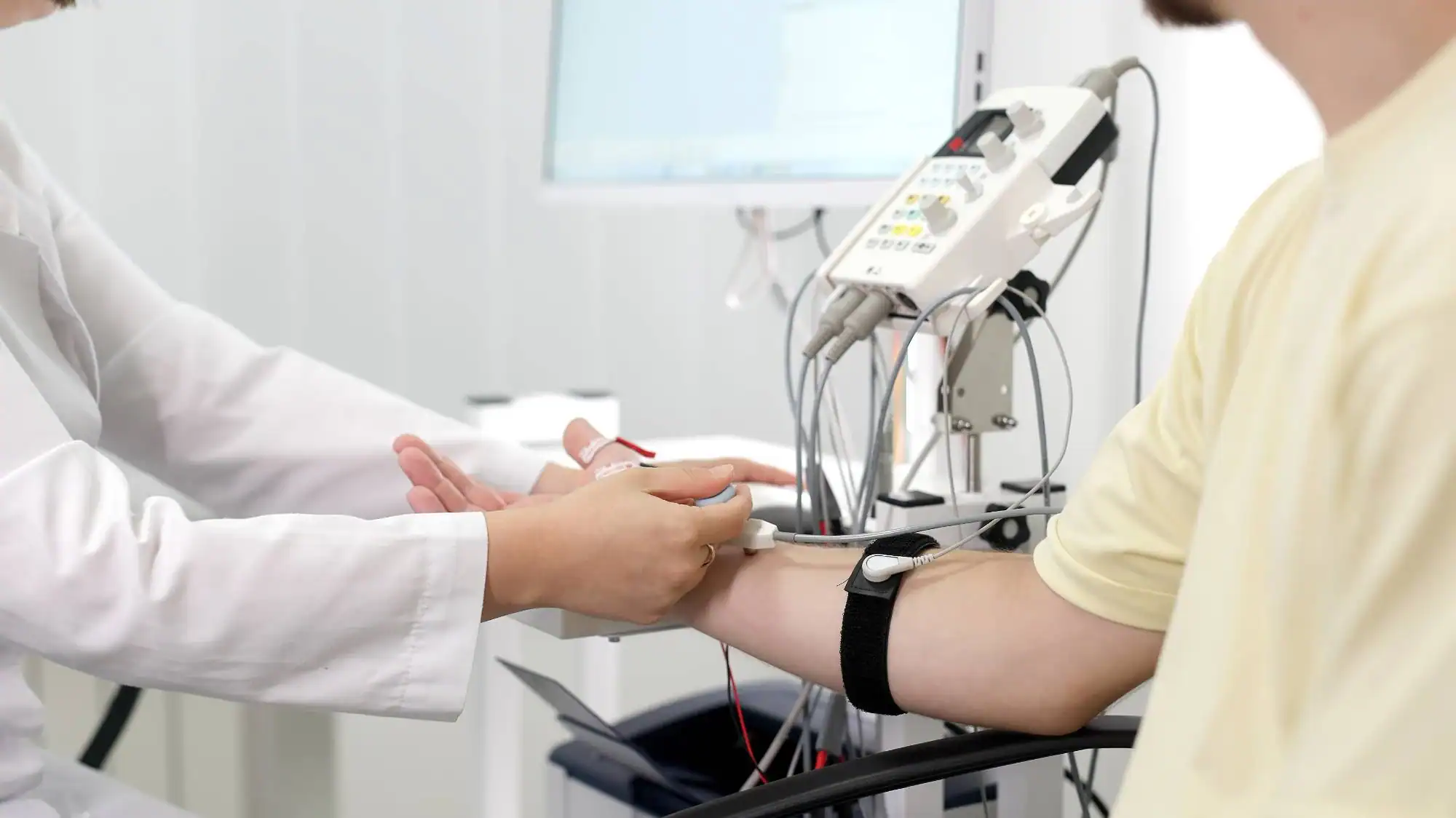
Reviews
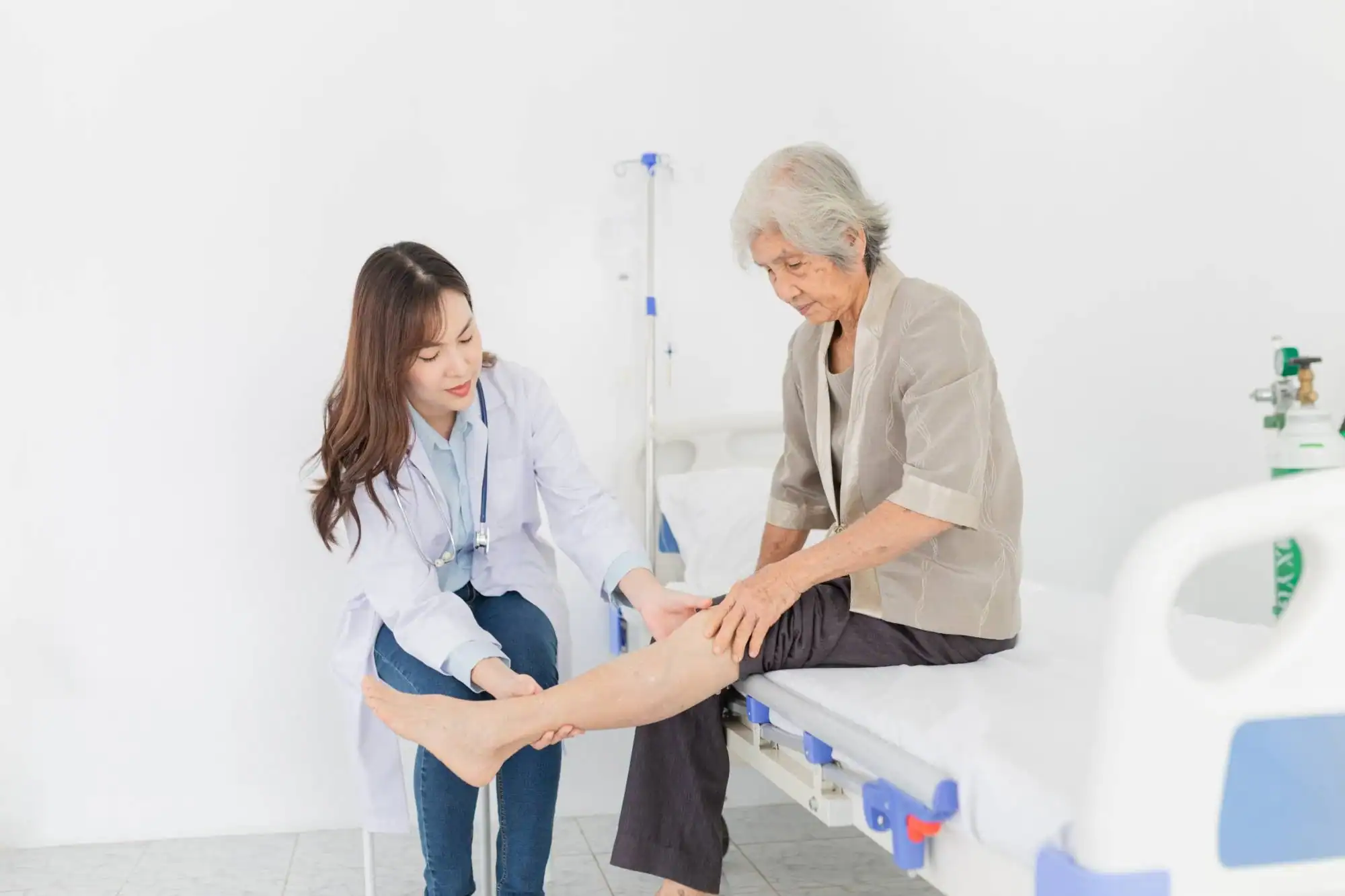
You’ve been dealing with unexplained symptoms long enough. That tingling in your hands, the weakness in your legs, the shooting pain down your arm – these aren’t things you should have to live with while doctors take educated guesses.
Nerve and muscle testing gives you definitive answers. When we complete your electromyography and nerve conduction study, you’ll know exactly which nerves or muscles are affected, how severe the condition is, and what treatment options will actually work for your specific situation.
No more trying random treatments that don’t address the root cause. No more wondering if your symptoms are “all in your head.” You get clear, measurable results that guide your path to recovery.
NY Spine Medicine has been providing comprehensive diagnostic services to the Lighthouse Hill community and surrounding Staten Island areas for years. We specialize in complex cases where other providers haven’t been able to identify the source of nerve and muscle problems.
What sets our practice apart is the combination of advanced diagnostic technology with the clinical experience to interpret subtle findings that less experienced providers might miss. Many patients come to us after inconclusive tests elsewhere, finally getting the answers they need.
Our focus remains on thorough evaluation and clear communication, ensuring you understand not just what the tests show, but what it means for your daily life and treatment options.
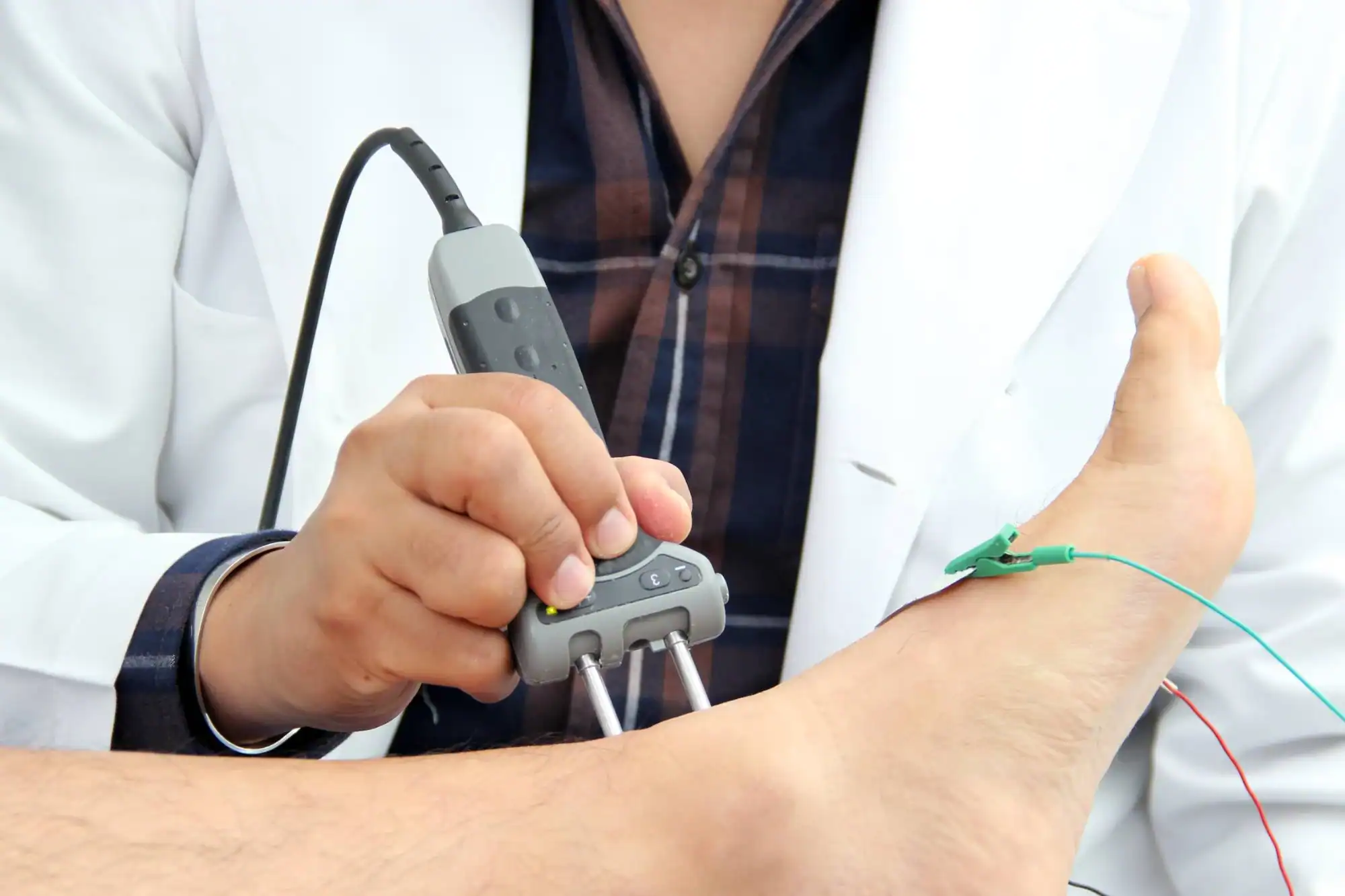
Your nerve and muscle evaluation starts with a detailed discussion of your symptoms, when they started, and what makes them better or worse. This conversation guides which specific tests will give you the most useful information.
The nerve conduction study comes first. Small electrodes placed on your skin send mild electrical pulses to measure how quickly and completely your nerves transmit signals. You’ll feel brief, mild sensations, but nothing painful or dangerous.
Next is the electromyography, where a thin needle electrode is inserted into specific muscles to measure their electrical activity. This shows whether muscle weakness comes from nerve damage, muscle disease, or problems with the connection between nerves and muscles. The entire process typically takes 45-60 minutes, and you’ll get preliminary results immediately after testing.
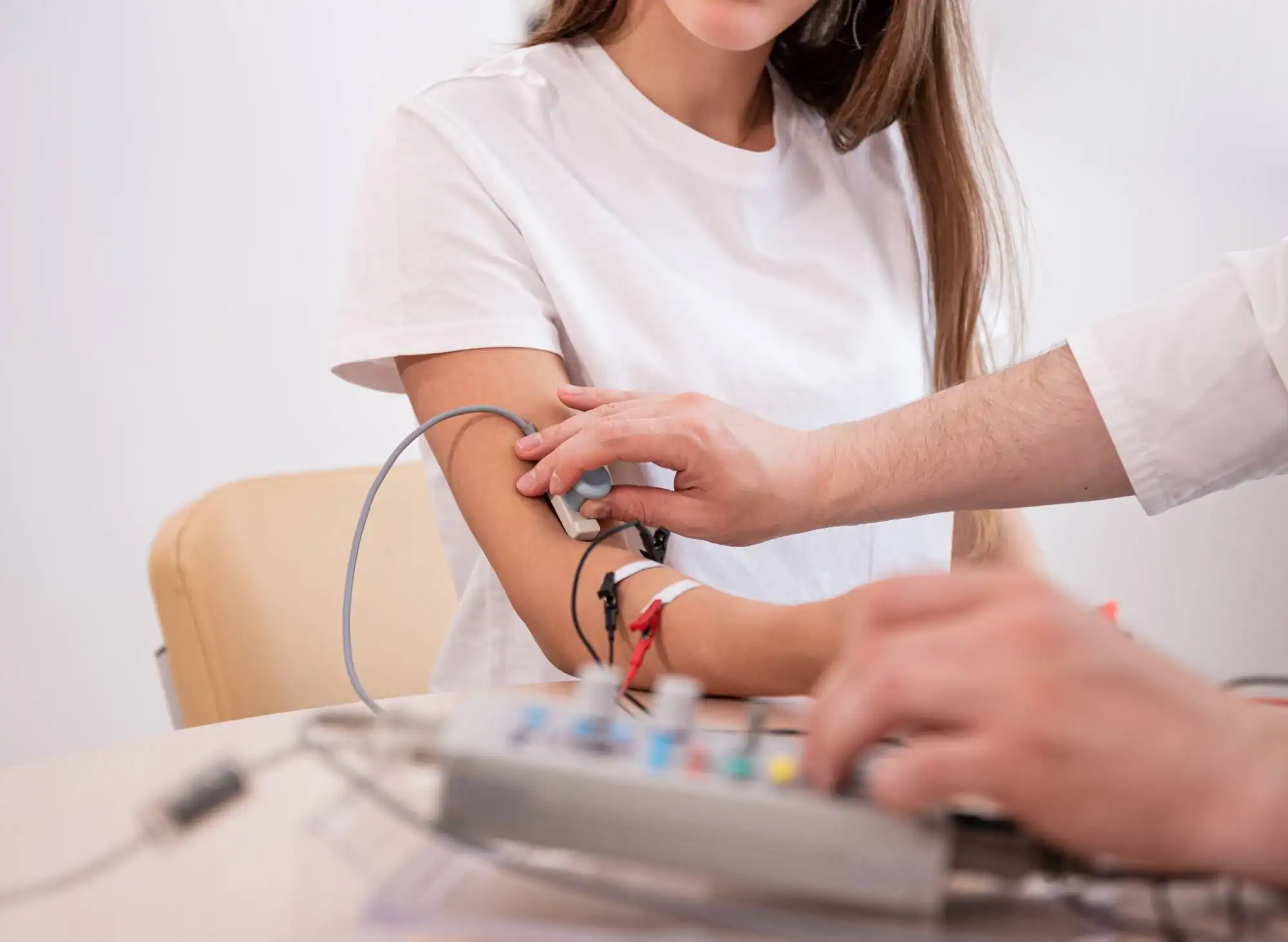
Ready to get started?
Your diagnostic evaluation includes both EMG and nerve conduction studies performed during the same appointment. You’ll receive a detailed report that explains your results in plain language, not medical jargon you can’t understand.
The testing covers all relevant nerve pathways and muscle groups related to your symptoms. Whether you’re dealing with carpal tunnel syndrome, sciatica, diabetic neuropathy, or unexplained muscle weakness, our comprehensive evaluation identifies the specific location and severity of the problem.
Most importantly, you leave with a clear understanding of your condition and specific recommendations for treatment. The results get sent to your referring physician the same day, so there’s no delay in starting appropriate therapy. Many patients say this testing finally gave them the validation and direction they’d been searching for.
